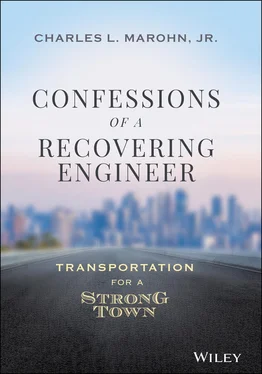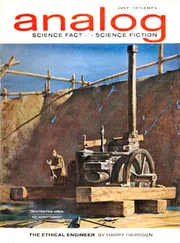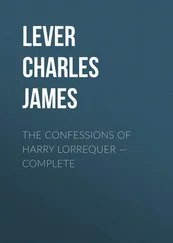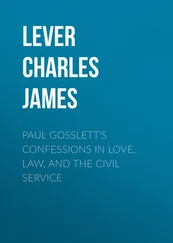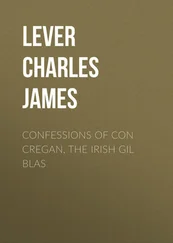For many years, I believed that my education, training, and license gave me superior insight into how cities work. I believed that I was uniquely positioned to know what was best for society — at least when it came to transportation.
I believed that the optimal approach to city-building was reflected in the codes and standards that had been developed by others in my profession and that adhering to them was the only responsible approach an ethical person could take.
I believed that the straighter, flatter, and wider we could make a street, the safer it would become, and that requiring clear zones free of obstacles on each side was a critical component of public safety.
I believed that the speed people drove reflected their own level of responsibility or recklessness, that my designs had no influence on traffic speed, and that the only real way to address speeding was through police enforcement and public awareness campaigns.
I believed that automobile crashes, and the frequent incapacitations and deaths that accompanied them, were random events mostly caused by driver error, that the best thing I could do to reduce human suffering was to strive to continually improve our transportation systems to higher and higher standards.
I believed that I could use models and simulations to predict future traffic flows and that I had an innate sense for how drivers would respond to the designs that I and other engineers put in place.
I believed that Level of Service and other measurements of traffic efficiency were strongly correlated with economic success and that the potential for increased jobs, growth, and economic development were all directly tied to the free flow of automobile traffic.
I believed that government transportation programs, public debt financing of infrastructure projects, and local tax subsidies for development were all responsible actions taken in response to the private marketplace and that government leadership was reinforcing the natural outcomes being expressed in a market-based economic system.
Most of all, I believed that my efforts to plan, design, and engineer transportation systems were a service to society, that I was part of creating a prosperous America that could be shared by everyone, and that the only real impediments to success were a lack of funding and the political courage needed to stand up to naysayers.
In all these beliefs and more, I was wrong. Utterly and shamefully wrong.
What follows here is my confession, along with my insights and recommendations for making things better by using a Strong Towns approach to transportation.
Sagrario Gonzalez was at the Central Library on State Street in Springfield, Massachusetts, near closing time on December 3, 2014. As many loving adults are prone to do, she brought her niece and daughter to enjoy the library's children's section. Springfield was the home of Theodor Geisel, better known as Dr. Seuss. It has a great children's section.
It was lightly raining when they left the library, the December kind of rain that stings when the wind whips it against your neck. Their vehicle was in the library's parking lot, directly across the street from the front door. As Gonzalez walked down the front steps, two small children in tow, she made a fateful decision.
At the bottom of the library steps was a sidewalk. To get to her vehicle, Gonzalez could walk the 275 feet south to the traffic signal, push the button and wait for the light to turn in her favor, cross the four lanes of State Street, and then proceed back up the street another 275 feet to the parking lot.
She could do that, or she could do what most people seem to do when they leave the library. She could follow a well-worn path through the grass, step over a small decorative fence erected along the side of the street, wait for a gap in the traffic, and then quickly walk, maybe run, across State Street to the parking lot.
The quickest path between two points is a straight line. With the rain coming down, darkness well established, and the bedtime hour fast approaching on a school night, Gonzalez chose the quicker route. It was the wrong decision.
The group was struck by a vehicle while crossing State Street. Sagrario Gonzalez's daughter and niece were taken to the hospital with serious injuries. Gonzalez survived, as did her niece. Tragically, Destiny Gonzalez, the seven-year-old daughter of Sagrario Gonzalez and her husband, Luis, was killed.
I will never forget that night. I was in Springfield, having just given a public lecture on behalf of the nonprofit Strong Towns. I was homesick for my family, especially my two daughters, who were roughly the same ages as the pair of young girls who had been struck. It was 10 days before Christmas. My heart ached, and it still does, for Sagrario Gonzalez.
It was not her fault.
What happened that night on State Street seems obvious. In a karmic world where we all, to one degree or another, must live with the consequences of our decisions, it's easy to see how Gonzalez made a series of bad choices.
She could have walked to the traffic signal, but she didn't. Traveling four feet per second with two kids in tow, it would have taken her roughly one minute and ten seconds to get there. Depending on her luck, she might not have had to wait at all to cross if the light happened to be green in her direction. If it was red, she might have been there another minute, perhaps longer. It would have taken an additional minute and ten seconds to walk back along the opposite sidewalk. To walk to the signal instead of crossing directly meant it would take an additional two to four minutes to get to her car.
Two to four minutes. That is what was saved by crossing directly in the middle of the block instead of walking to the signal — one dead, one seriously injured, and lives forever damaged. It seems like an extraordinarily high price to pay for what could casually be described as impatience.
That's not to suggest that crossing the street mid-block was effortless. To cross in front of the library, Gonzalez had to walk around a row of shrubs. To reach the street, she also needed to step over a small fence, nothing more than a couple of decorative chains hanging between posts. These obstacles were put there to discourage people from crossing in this location, a fact that is self-evident to anyone who chooses that route.
We can think of these obstacles as a warning: DO NOT CROSS HERE. Gonzalez did not heed this clear warning.
From curb to curb, State Street is 40 feet wide in this location. At a normal walking speed, the three of them would be exposed to traffic for at least 12 seconds, assuming that they could proceed in one smooth crossing.
That is 12 seconds in an area where Gonzalez knew that a traffic signal would not be stopping oncoming traffic. She also had to have known that at least some of these drivers might not anticipate people crossing mid-block, especially at that hour. Those drivers would not be alert for the possibility that she and the girls would be there.
Of the four lanes on State Street, two convey traffic to the north and two to the south. Crossing safely here requires one to time a gap within the multidirectional traffic flow, a task made more difficult at night. What often happens in these situations is that the person crossing can anticipate the gap only in the two nearest lanes. They venture out and often find themselves trapped in a traffic lane, fully exposed, waiting for the furthest two lanes to provide the gap that they need to finish the crossing.
Sagrario Gonzalez had done this crossing many times. She knew all of this. Everyone in Springfield knows this, and most of us, if we visited the site and looked at it, would intuitively understand it as well.
Читать дальше
